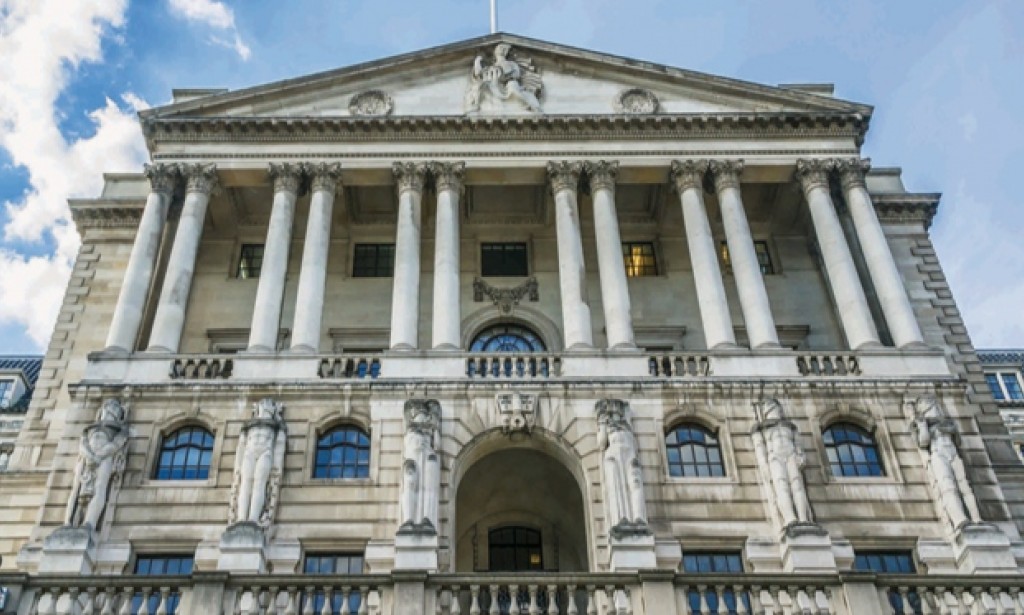Bank of England abandons the affordability of mortgage test

Applicants had to pass a test demonstrating that they could afford an increase in interest rates of three percentage points.
- Following the Bank of England’s decision to eliminate a crucial mortgage affordability test, thousands of prospective homeowners may find it simpler to climb the property ladder
The adjustment, which will go into effect on August 1st, was not to be seen as « a relaxation of the restrictions, » according to the central bank. Though many people would welcome the change, several experts warned that it could lead to some individuals getting into mortgages they couldn’t afford.
The Bank has eliminated a provision that prevented borrowers from being authorized for a mortgage unless they could afford an increase in interest rates of three percentage points.
After the financial crisis of 2007–2008, this « stress test » was implemented in 2014. It was one of a number of measures intended to stop the reckless lending that some claim was prevalent in the lead-up to the crash.
According to the Bank, a different rule that will remain in place, which caps most new mortgage lending at 4.5 times a borrower’s income, along with additional affordability standards established by the Financial Conduct Authority, « ought to deliver the appropriate level of resilience to the UK financial system, but in a simpler, more predictable, and more proportionate way. »
The Bank has previously stated that about 35,000 borrowers, or 6% of all mortgage borrowers, would have been able to obtain a larger mortgage if the interest rate stress test had not been in place.
The elimination of the affordability test is likely to be welcomed by many given the cost of living problem, according to Claire Flynn, a mortgage expert at the comparison website Money.co.uk.
She continued, « That’s because they can take out larger mortgages, which could allow more individuals to climb the ladder. Borrowers will still be required to fulfill the loan-to-income ratio, which may still make it impossible for some people to obtain the mortgage they need to purchase a home.
With less limitations, there is also a chance that some purchasers will take out loans they cannot afford.
Unwinding the policy in the midst of the cost of living crisis, according to Interactive Investor’s senior personal finance expert Myron Jobson, « may run the danger of consumers biting off more than they [can] chew financially to purchase a property. »
Banks and building societies consider a number of financial factors when determining the size of the mortgage they believe a person can afford to take out. Historically, the maximum amount an individual can borrow is 4.5 times their annual income. The income multiple is a typical name for this.
Banks are only permitted to give higher income multiples on a predetermined portion of their lending.
The mortgage lender Habito will go up to seven times pay in some situations, while Halifax and Barclays are among the lenders who have been allowing borrowers with high incomes to borrow up to 5.5 times their income.

يجب عليك تسجيل الدخول لتستطيع كتابة تعليق